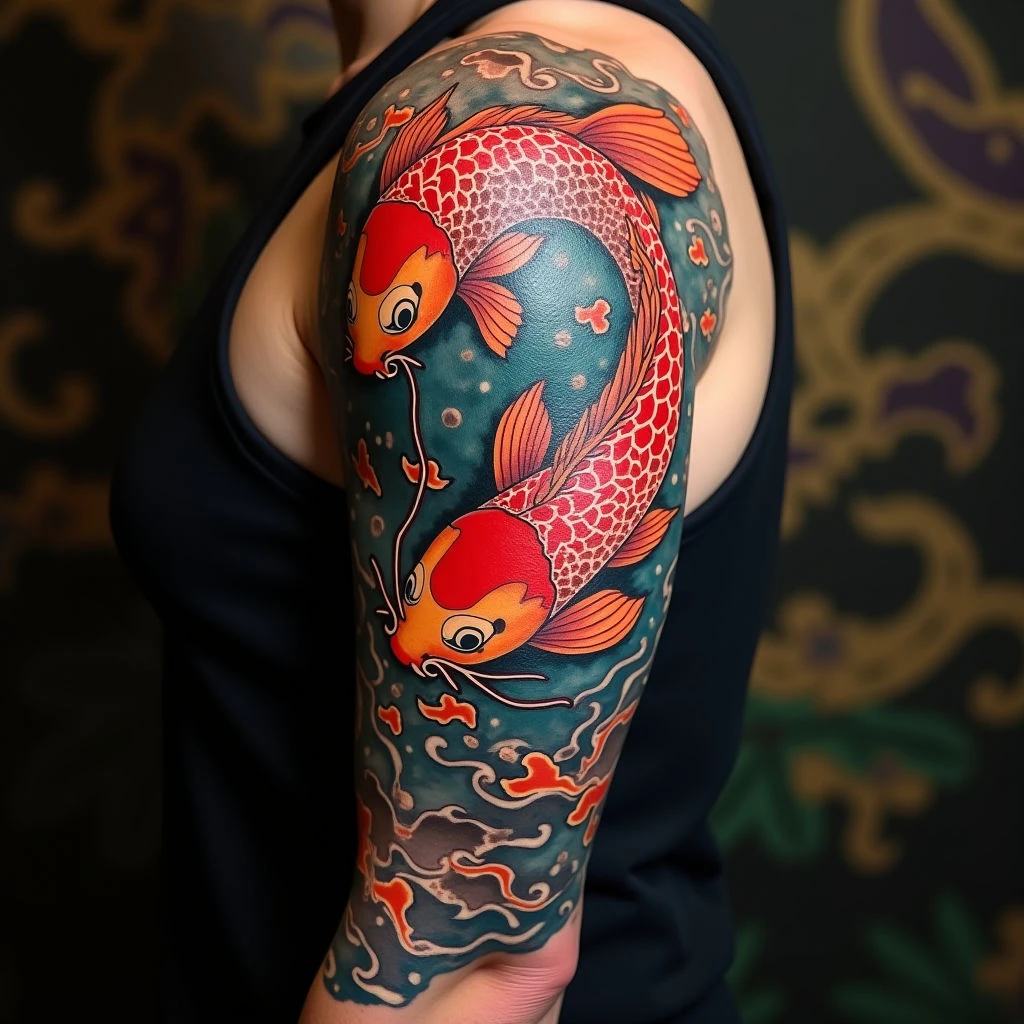Japanese Tattoos: A Cultural Narrative Woven into the Skin
More than just decorative art, they're a cultural narrative woven into the skin.
Historical Context
Originally associated with outcasts (samurai, merchants) and later organized crime (Yakuza), irezumi has evolved to be appreciated for its artistic merit. Historically, tattoos served as penance or identification.
Key Styles & Motifs
Traditional Irezumi
Characterized by bold outlines, vibrant colors (often blues, reds, and yellows), and dynamic compositions.
- Koi Fish: Symbolize perseverance, strength, and good fortune - a popular choice for sleeves.
- Dragons: Represent power, wisdom, and protection.
- Tigers: Symbolize courage, strength, and warding off evil.
- Cherry Blossoms (Sakura): Represent the fleeting nature of life and beauty.
- Phoenixes (Hō-ō): Symbolize rebirth and renewal.
- Carp/Dragon Transformation: A popular subject depicting a carp transforming into a dragon, representing ambition and success.
Neo-Japanese
A modern interpretation that incorporates elements of traditional irezumi while introducing new techniques, color palettes, and artistic styles.
Symbolism is Crucial
Every element in an irezumi tattoo holds deep cultural meaning. Researching the symbolism before getting a piece is vital.
Finding a Skilled Artist
Irezumi is a specialized art form requiring years of training and dedication. Look for artists who have studied traditional techniques, understand Japanese culture, and can execute intricate designs with precision.


